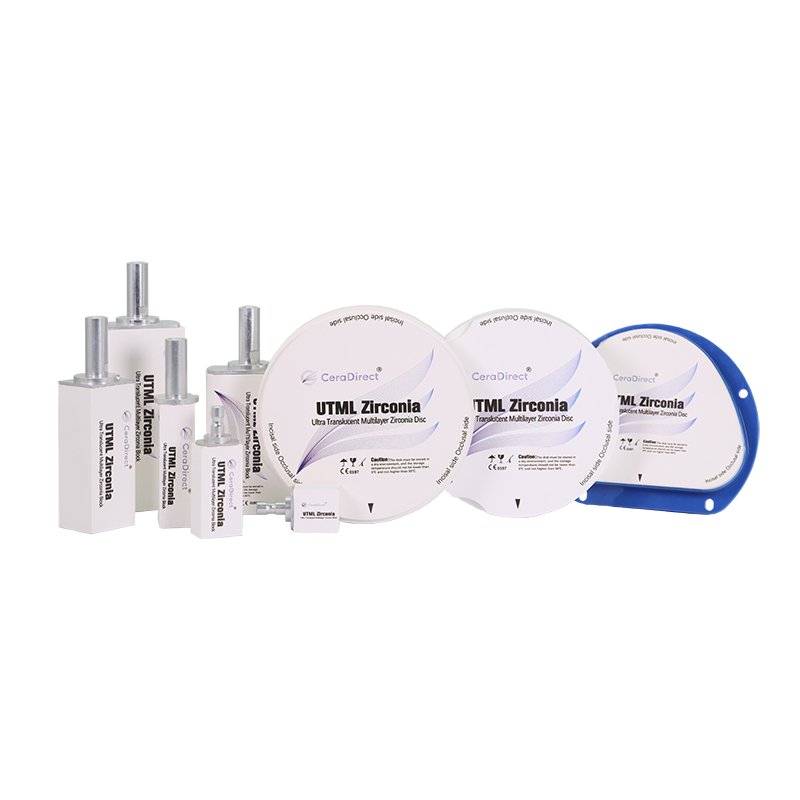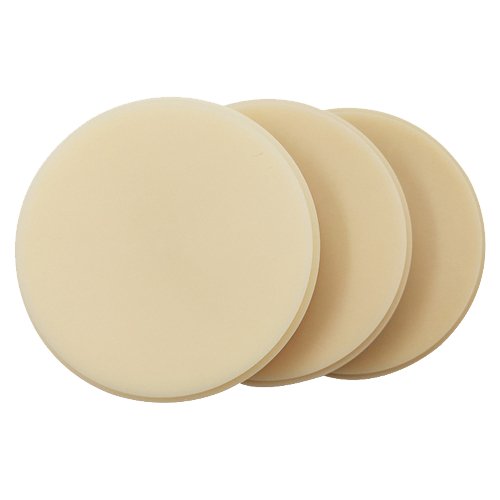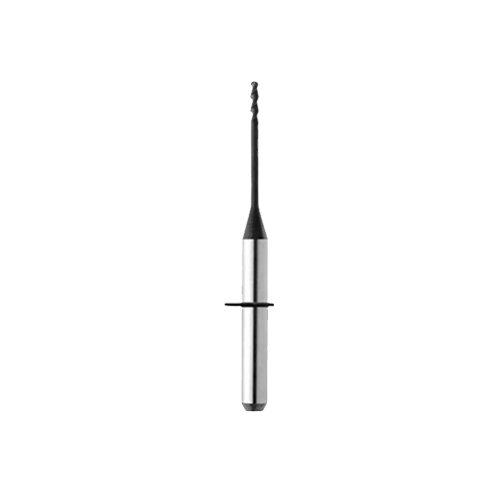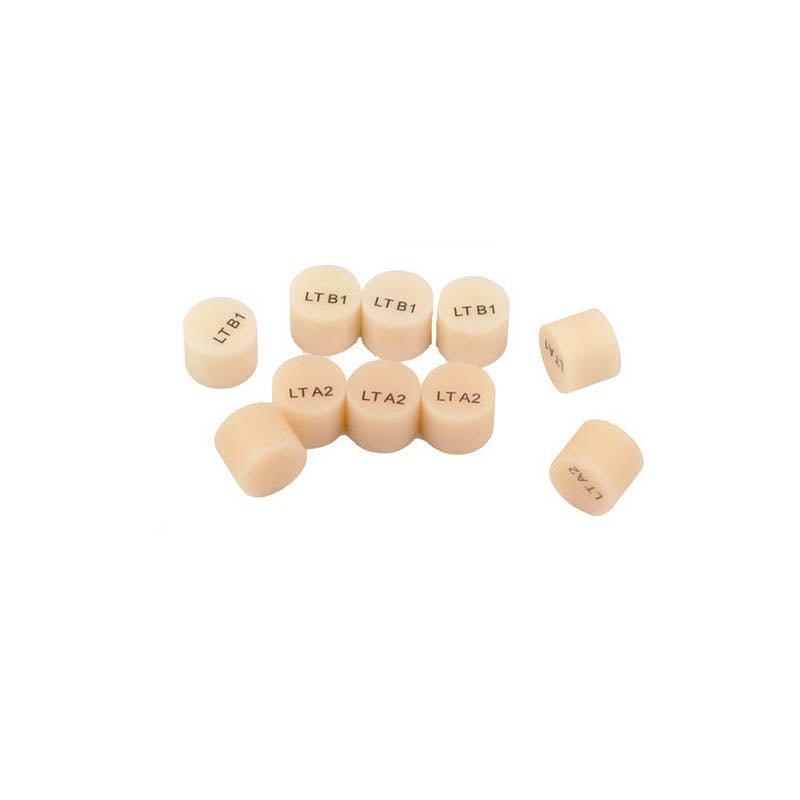If the oxidation is a pink raw material, it is a very primary industrial product. There is really no so -called difference. If there is, basically the price is caused, you are willing to give the imported goods 10 times the price. Of course, people can do it carefully.
If it refers to ceramics, it is hard to say. First of all, whether imported goods are really imported. Because 90%of the oxide products such as ceramic knives on the market are made by Chinese companies, and the market in Germany and Japan is not much better. Why is it good for its local enterprises? It is because the cost cannot be spelled. If the quality cannot reach the height you can't do, you can't survive.
And the quality is expensive and the price is expensive, and you can continue to maintain fine -standard raw materials with fine work and high cost. As for the gap in quality, it is simply that the shortcomings are less hard.
The core is uniform. Objectiveness is durable (the hardness of home products is not bad at all).
The natural gas furnace of small manufacturers in China, small electric furnaces used abroad, the temperature control is not at a grade (cost is not at a grade) small manufacturers in China to buy a similar raw material sintering and forming. Requirements are that the granularity is scattered with small raw materials. It is good at one nature and less defects. It is not easy to collapse. It is because of rich profits and craftsmanship. If you have money, you are willing to work hard to understand the defects. Of course, the price is much higher.





